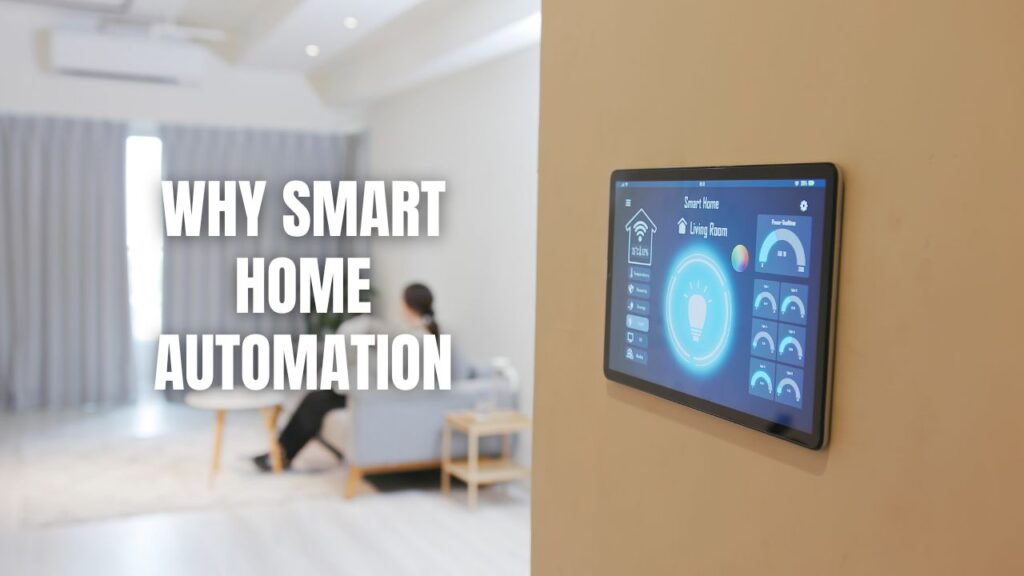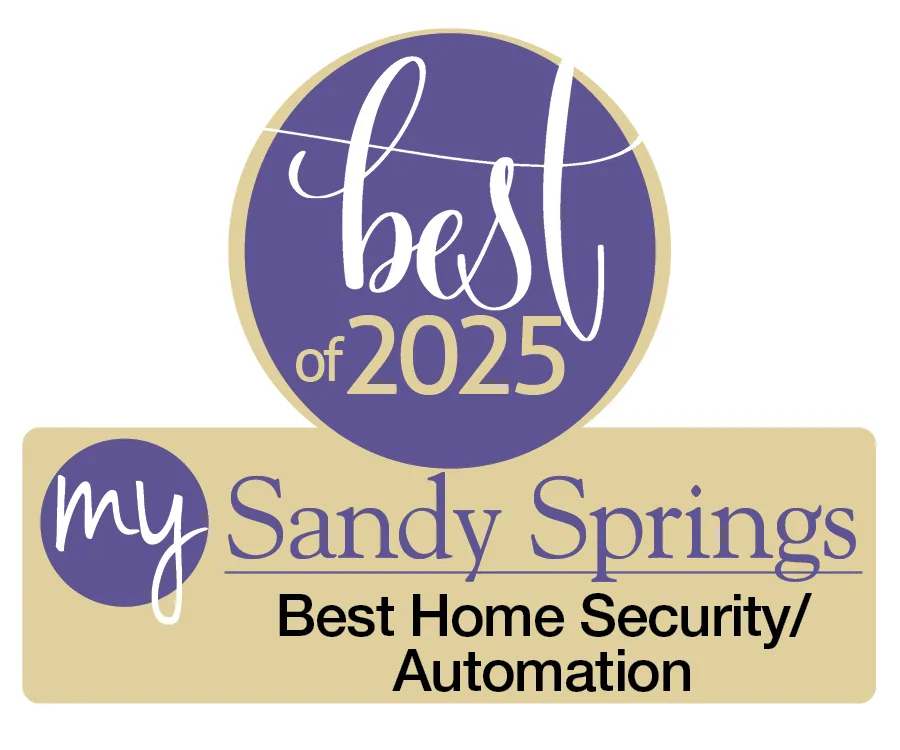Smart home automation is transforming households around the world. As we install smart devices and connect them to create an integrated home automation system, we unlock a wide range of benefits that make our lives easier, more convenient, more secure, and more sustainable. In this post, we’ll explore what exactly home automation is, how smart homes work through connected devices and systems, the many advantages smart products offer, and some examples of smart home tech that showcases the potential of automation.
What is a Smart Home and Home Automation?
A smart home refers to a household setup that has internet-connected smart devices and appliances that can be remotely monitored, accessed, and controlled. Home automation takes this a step further by linking and coordinating all those smart home devices through a unified smart home platform and custom rules.
The idea is simple but powerful – make everyday home functions and products like lights, locks, thermostats, appliances smarter by giving them digital capabilities. Smart home devices use built-in sensors, processors, and internet connectivity to gather data from their surroundings and respond efficiently based on programmed rules and homeowner preferences.
They can be managed remotely through smartphone apps for convenience and work together through smart home hubs and automation controllers. As these individual smart home technologies sync up into an integrated home automation system, the real magic happens.
Now your home can respond to you, running automated routines based on your habits, presence, or commands. Want the living room lights, temperature, and TV to turn on when you arrive home from work? Done. Ready to head out but forgot to lock the door? Lock it from your phone. Think your kids skipped their chores while you were gone? Check the sensor logs.
These are just a taste of what’s possible when we connect the technologies throughout our home into a seamless smart home automation system.
Why Smart Home Automation?
Smart Home Automation, through the integration of intelligent devices, enhances the overall convenience, efficiency, and security of a home. These systems utilize interconnected technologies to automate and control various aspects of home management, providing residents with a more comfortable and secure living environment.

How Do Smart Homes and Automation Work?
Smart home devices each use built-in connectivity and intelligence to accomplish their own functions. A smart light bulb can turn itself on/off, dim, and change colors in response to commands and schedules. A smart thermostat tracks room temperatures then controls the HVAC accordingly to meet set points while optimizing for efficiency. Smart security cameras monitor activity and send alerts about detected motion or strangers.
These individual smart home technologies become even more powerful when integrated together through whole home automation systems and platforms. There are a few key elements of smart home automation:
Smart Devices: These are all the connected smart lights, locks, plugs, speakers and more installed separately around your home. Look for compatibility with wider smart home platforms.
Home Automation Hubs: These act as the centralized bridge, connecting and coordinating all the different standalone smart devices into one integrated system that can be remotely accessed and managed through a single platform. Some common hubs include Samsung SmartThings, Apple HomeKit, Amazon Alexa + Echo devices.
Automation Apps/Assistants: This is the user interface side, including both automation apps that allow you to remotely control devices/appliances individually or in groups and voice assistants that let you issue home automation commands out loud. Google Home and Amazon Alexa are popular options.
Automation Rules: This builds intelligence into the system, allowing you to set defined actions that trigger automated responses from your smart home system. For instance, when motion is detected, turn on the porch lights. Or when your smart smoke alarm goes off, have your smart lights flash red.
Benefits and Advantages of Smart Home Automation
Installing a smart home system equipped with integrated automation technology offers many benefits compared to traditional homes. Let’s explore some of the top perks:
Convenience: Home automation allows you to control your home functions from anywhere, streamlining everything through easy voice commands or tap controls in helpful apps. Come home to comfort and security already set to your preferences.
Energy Efficiency: Smart lighting, smart thermostats and smart plugs allow for intelligent scheduling, automation based on presence, remote access, and usage tracking – all helping households cut energy costs.
Safety and Security: Features like smart doorbell cameras, automated lighting, smart locks, environmental monitors and advanced home security systems make properties more secure against intruders and threats like fires/leaks.
Comfort: Set the perfect relaxed or productive ambiences in your home automatically based on the time of day and your needs, with control over lighting, temperature, music and more through automation.
Convenience for Special Needs: Smart home tech offers alternative control options and connectivity to support those with mobility challenges or who live independently. Features like smart locks, voice commands, and automation helps.
Real-Time Monitoring: Check on pets or kids instantly through smart cameras and sensors built into the home. Streaming video and activity alerts offer peace of mind.
Maintenance Help: Smart irrigation systems perfectly schedule lawn watering. Smart leak detectors can catch developing pipe problems early. Smart ovens can self-diagnose issues. Home automation offers preventative perks!
Entertainment: Smart home theater setups with integrated lighting, sound, and TV equipment controls provide immersive experiences with minimal hassle.
Examples of Smart Home Devices and Automation
Here are some examples of popular smart home gadgets and automation possibilities from leading brands to showcase just what’s possible:
Lighting – Smart light bulbs from Philips Hue, LIFX and more that offer voice/app-based remote operation, scheduling, automation triggers, color and brightness control. Sync them to security systems, music, and videos.
Thermostats – Smart thermostats like the Nest Learning Thermostat use built-in sensors and AI to track occupancy patterns and automatically program itself for comfort and energy savings each day.
Security – Video doorbells like Ring notify your phone when someone is at the door and allow you to remotely converse. Integrate them with smart lighting and locks for customizable alert automations.
Appliances – Samsung smart refrigerators have cameras inside so you can check if you’re out of milk while grocery shopping. Control your smart oven remotely to finish preheating before arriving home.
Irrigation – Rachio smart irrigation controllers connect to WiFi to pull hyperlocal weather forecasts and automatically adjust your sprinklers based on real-time conditions.
Entertainment – Logitech Harmony Elites allow single-touch control your entire home theater – TV, streaming box, cable box, game console, and speakers – through automated scene-based commands.
Making Your Own Smart Home
Advancements in home automation technology allow practically any household to makeover into a smart home with all kinds of possibilities for upgraded living through intelligent devices and automation.
The first step is identifying what smart home features would simplify or enhance your daily home life then researching devices and compatibility with automation platforms like Alexa and Google Assistant. Focus first on high impact upgrades like smart lighting, smart thermostats, or smart security.
Most smart home devices are relatively easy to install as standalones. However, creating an integrated automation system does require some technical know-how, particularly when connecting the system, debugging issues, and coding custom automation rules. Consider taking a training course or hiring a specialist installer.
Join the Smart Home Revolution
In a world where technology continues to shape our lives, smart homes stand at the forefront of innovation. Whether you’re a tech enthusiast or someone seeking a more convenient lifestyle, delving into the realm of smart home automation is a step towards a brighter and smarter future.
Outfitting your home with smart technologies and automation takes an investment on the front end but pays dividends through ongoing savings and daily delights for years to come in upgraded safety, sustainability, entertainment, and quality of living. It may just be one of the best home improvements you ever make.
Contact Callaway Security™ to upgrade your home with smart home automation!












